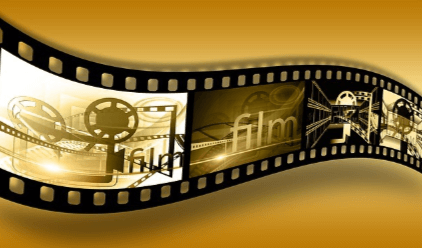Film Art: an Introduction Pdf

The study of “Film Art: an Introduction Pdf” provides invaluable insights into the fundamental components that shape cinematic storytelling, from cinematography to sound design. Understanding how these elements interact not only enhances the viewer’s experience but also informs the creative processes of filmmakers themselves. As we explore the intricate layers of visual and auditory techniques that contribute to narrative depth, one must consider how these artistic choices influence audience perception and emotional engagement. What implications do these insights hold for both aspiring filmmakers and discerning viewers?
Key Elements of Film
While various aspects contribute to the art of filmmaking, understanding the key elements of film is essential for both creators and audiences alike.
Central to this discipline is visual storytelling, which employs imagery to convey emotions and narratives. Thematic motifs further enrich this language, providing deeper layers of meaning that resonate with viewers, fostering an appreciation for the intricate interplay between visuals and concepts.
Understanding Cinematography
Cinematography serves as a fundamental pillar of Film Art: an Introduction Pdf, shaping the visual narrative through the strategic use of camera techniques, lighting, and composition.
Effective camera movement enhances storytelling, drawing viewers into the emotional core of a scene.
Meanwhile, innovative lighting techniques create mood and atmosphere, influencing perception.
Together, these elements empower filmmakers to craft a compelling visual experience that resonates with audiences, fostering a sense of freedom.
The Role of Editing
Editing is a crucial aspect of film art, often regarded as the invisible hand that shapes the narrative flow and emotional impact of a film.
Various editing techniques, such as cuts, transitions, and montages, manipulate narrative pacing, guiding audience perception and engagement.
Read Also Fan Art:47eovlbposa= Star Wars Art
Sound and Narrative Techniques
Sound plays an indispensable role in shaping narrative techniques within film, with its multifaceted contributions significantly enhancing storytelling.
Effective sound design not only supports the narrative structure but also creates emotional depth, guiding audience perception and engagement.
Through elements like dialogue, ambient sounds, and musical scores, filmmakers can manipulate time and space, enriching the viewer’s experience and amplifying the overall narrative impact.
Conclusion
In summary, the intricate interplay of cinematography, editing, and sound design is fundamental to the art of filmmaking. An intriguing statistic reveals that approximately 60% of a film’s emotional impact is attributed to its soundtrack, underscoring the pivotal role sound plays in storytelling. By understanding these essential elements, both creators and audiences can deepen their appreciation of cinematic artistry, recognizing how each component contributes to the overall narrative and emotional resonance of a film.





